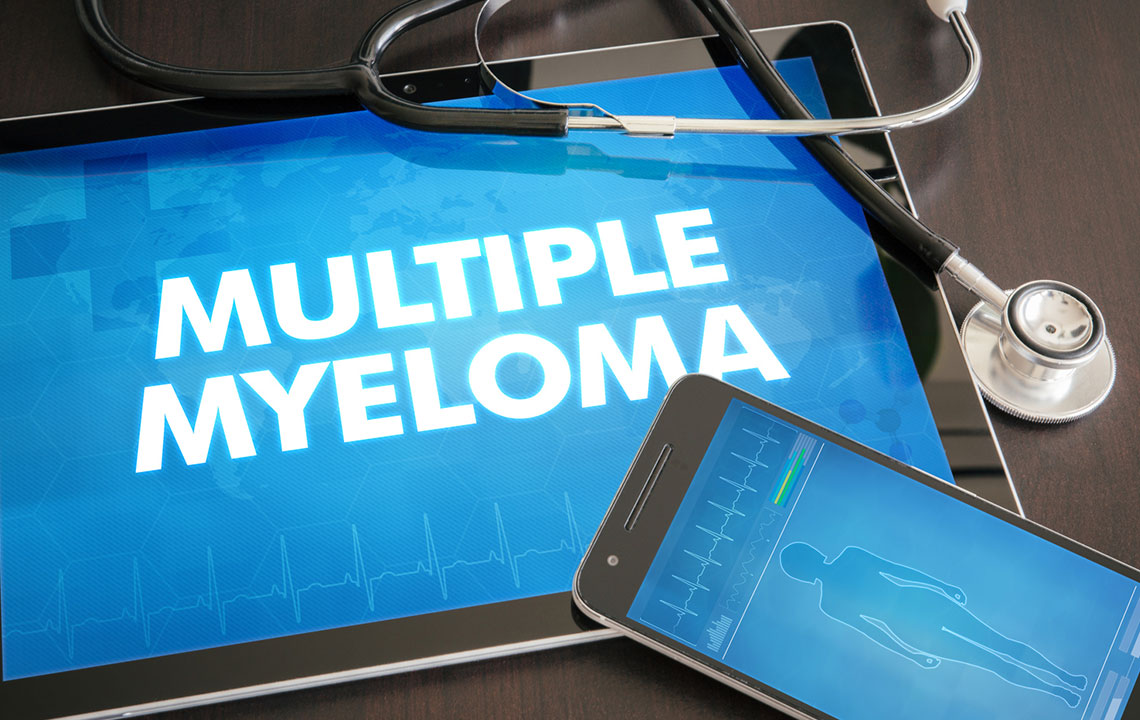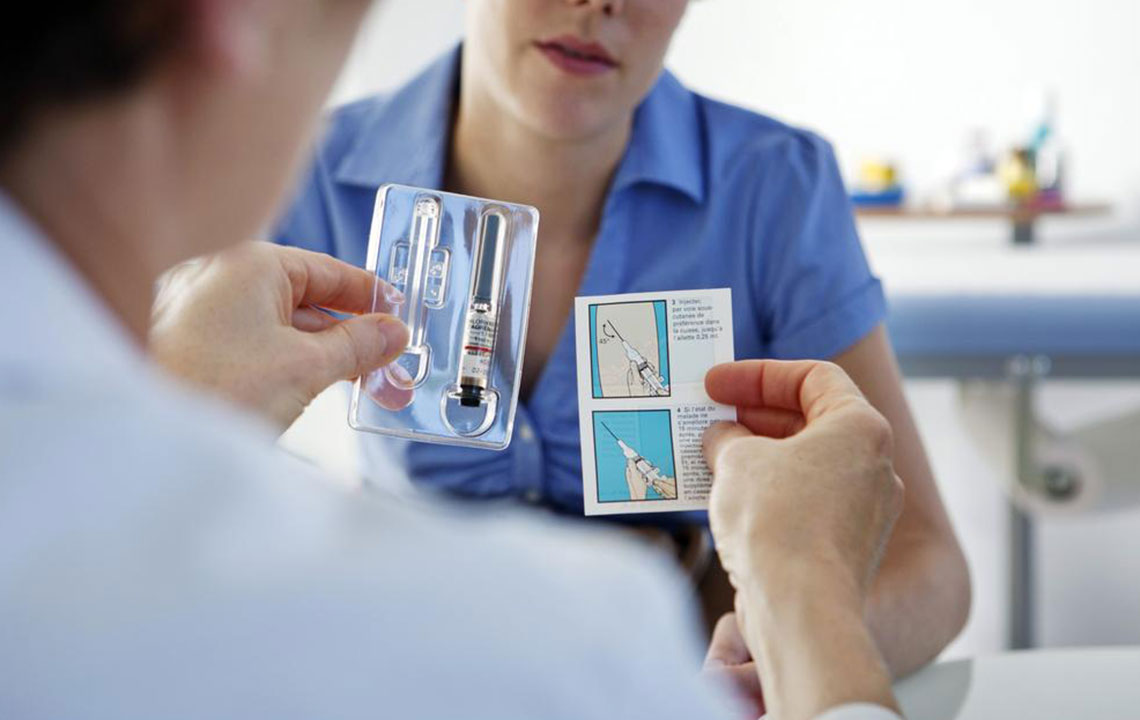Emerging Trends in Biosimilar Therapies for Multiple Myeloma: A Comprehensive Overview
This article explores the latest advances in biosimilar therapies for multiple myeloma, highlighting their potential to reduce treatment costs, improve patient access, and maintain effective disease management. It discusses biologics versus biosimilars, regulatory considerations, and the global impact of adopting these innovative treatments. By understanding these developments, healthcare providers and patients can better navigate the evolving landscape of multiple myeloma treatment options, ultimately aiming to enhance outcomes and affordability.

Revolutionizing Multiple Myeloma Treatment with Biosimilar Innovations
Multiple myeloma is a complex and often aggressive form of blood cancer that originates in plasma cells within the bone marrow. These malignant plasma cells multiply uncontrollably, leading to a cascade of health issues including deteriorated bone integrity, weakened immune defenses, and impaired kidney function. Over the years, medical science has made significant strides in understanding and treating this disease, employing a multifaceted approach that incorporates various therapeutic modalities such as targeted medications, corticosteroids, chemotherapy, radiation therapy, and stem cell transplants. These treatments aim to control disease progression, improve quality of life, and extend patient survival.
Financial Challenges of Treating Multiple Myeloma
Despite advances in diagnosis and treatment, managing multiple myeloma remains financially demanding. The high costs stem from the complexity of the drugs involved, the necessity for continuous treatment cycles, and advanced supportive care measures. Recent data indicates that initial treatment costs can easily exceed $150,000 per patient, while ongoing maintenance and supportive therapies may add another $100,000 annually. These expenses impose significant burdens on healthcare systems, insurance providers, and patients themselves, often leading to disparities in access to cutting-edge therapies.In the quest to reduce costs and improve accessibility, the pharmaceutical industry has turned to biosimilars—biologic drugs that mimic the properties of original biologic treatments once patents expire. These biosimilars are projected to generate significant savings, with estimates suggesting potential cost reductions of up to $54 billion over the period from 2017 to 2026, greatly benefiting healthcare providers and patients worldwide.
Understanding Biologics and Biosimilars
Biologic drugs are revolutionary because they precisely target specific biological pathways involved in cancer development, such as monoclonal antibodies used in multiple myeloma treatment. They tend to be more selective and produce fewer side effects than traditional chemotherapeutic options. However, their complex manufacturing process, which involves living cells and intricate molecular structures, makes the development of biosimilars a formidable scientific and regulatory challenge. Biosimilars are not identical copies of biologics but are highly similar in terms of efficacy, safety, and quality, which requires robust testing and approval processes.The Promise and Challenges of Biosimilars in Multiple Myeloma
Although biosimilars hold exciting potential for making effective treatments more affordable and accessible, their adoption in clinical practice has been gradual and cautious. Healthcare providers often express skepticism, primarily because regulatory agencies sometimes approve these drugs with limited clinical trial data, raising concerns about their immunogenicity and long-term safety. To foster greater confidence, it is crucial to establish clear guidelines, comprehensive educational initiatives, and transparent regulatory pathways that reassure clinicians and patients alike.In Europe, biosimilars such as Filgrastim (used to stimulate white blood cell production) and Epoetin (used for anemia management) have been successfully integrated into treatment protocols since 2008. Extensive studies have demonstrated that biosimilars can deliver comparable clinical outcomes while substantially reducing costs. These developments have paved the way for their broader application in treating multiple myeloma, enabling more patients to access innovative therapies that might otherwise be prohibitively expensive.
The Role of Regulatory Bodies in Biosimilar Approval
Regulatory agencies, particularly the U.S. Food and Drug Administration (FDA), play a critical role in ensuring the safety, efficacy, and quality of biosimilars. The FDA mandates comprehensive data submissions from manufacturers, including detailed analytical, nonclinical, and clinical studies, during the development stage. The agency’s accelerated review pathways aim to expedite access to promising biosimilar options without compromising safety standards. Increasing awareness about FDA approval processes and pathways among healthcare providers can help dispel misconceptions and promote confident prescribing of biosimilars.To date, the FDA has approved several biosimilars for multiple myeloma and related supportive care, such as Filgrastim for boosting white blood cells prior to stem cell transplants. Additionally, biosimilars like Thalomid, Revlimid, and Velcade are gaining regulatory acceptance. The emergence of guidelines clarifying interchangeability—meaning biosimilars can be substituted for original biologics without prescriber intervention—could further streamline treatment protocols worldwide, resulting in increased healthcare efficiencies and broader patient access.





